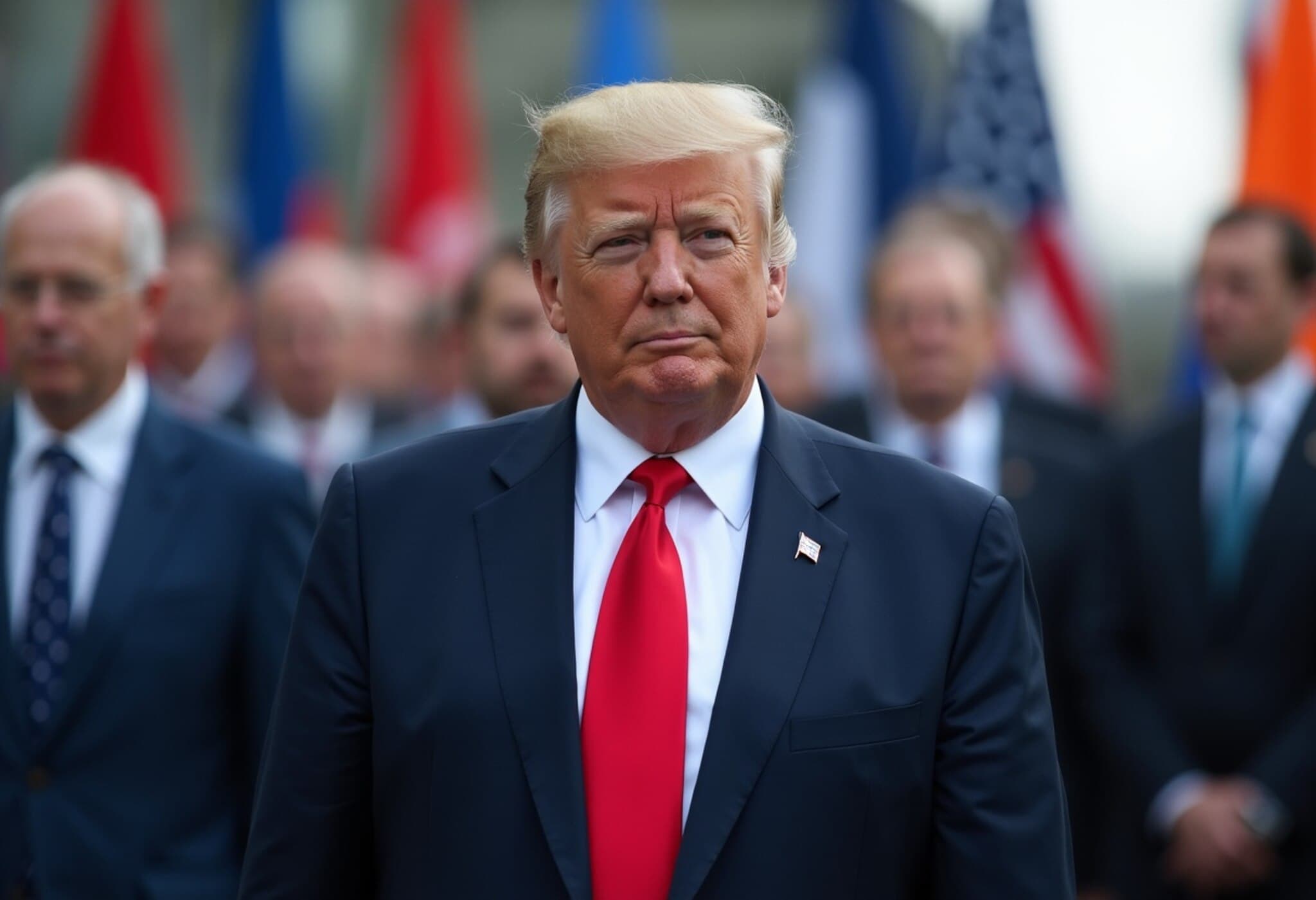Trump's Dominance Overshadows NATO Summit 2025
The upcoming NATO Summit in The Hague, set for June 25-26, 2025, is shaping up to revolve almost entirely around U.S. President Donald Trump. Despite the ongoing conflict in Ukraine and persistent concerns over Russian aggression, many allied priorities are being sidelined to accommodate the former president's agenda.
An Agenda Tailored for Trump
Though European nations make up the majority of NATO members and are deeply invested in addressing regional security threats, the summit's focus has shifted squarely toward fulfilling Trump's demands. Central to the discussions will be the commitment by member countries to raise their defense spending to 5% of their GDP. Trump’s long-standing complaints about allies not pulling their weight are driving this shift.
In a clear effort to keep the proceedings brief and manageable for Trump—known for his limited attention span—the summit’s sessions have been compressed from three to one, lasting three hours. Furthermore, the traditional joint statement was trimmed down to a single page, focusing almost exclusively on the commitment to boost defense budgets—likely to ensure it receives Trump’s full attention and avoids being dismissed.
Though Trump is fond of golf, plans to include a golfing event during the summit were scrapped due to his brief 24-hour attendance, which covers a dinner with the Dutch monarchs on Tuesday evening, a single session on Wednesday, and a press conference before his departure.
Ukraine Sidestepped Amid Summit Adjustments
While the war in Ukraine continues unabated, the summit’s agenda reflects a stark deprioritization of its plight. Ukrainian President Volodymyr Zelenskyy has not been invited to the key session attended by Trump, signaling a diminished focus on Ukraine’s immediate security concerns during the NATO gathering.
The summit will concentrate heavily on the logistics of increasing defense expenditure, dividing the target into 3.5% GDP for core military spending and 1.5% GDP for complementary areas such as strategic infrastructure and cyber defense.
Experts note this shift is disheartening for Ukraine and many allies who had hoped for stronger statements backing Ukraine’s NATO membership and increased sanctions on Russia. The summit appears to mark a transition from U.S.-centered support toward a more Europe-driven approach. While recent European contributions have grown, they still fall short of offsetting the scale of American assistance lost.
What Lies Ahead for NATO and Its Allies?
The 2025 NATO Summit underscores the challenges of balancing alliance cohesion with the influence of powerful member states. With Trump steering priorities and limiting the scope, traditional collective concerns—especially relating to Ukraine—risk taking a back seat. This recalibration may have lasting implications for European security and the future of NATO's strategic direction.
- Summit Duration: Two days, June 25–26, 2025
- Trump’s Attendance: Approximately 24 hours
- Core Focus: Increasing defense spending to 5% of GDP
- Ukraine’s Role: Marginalized; President Zelenskyy not invited to key session
- Joint Statement: Condensed to a single page

